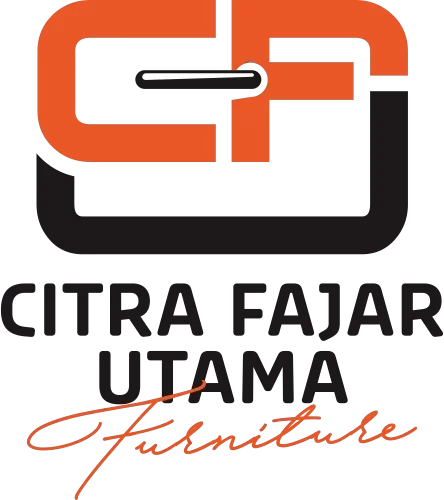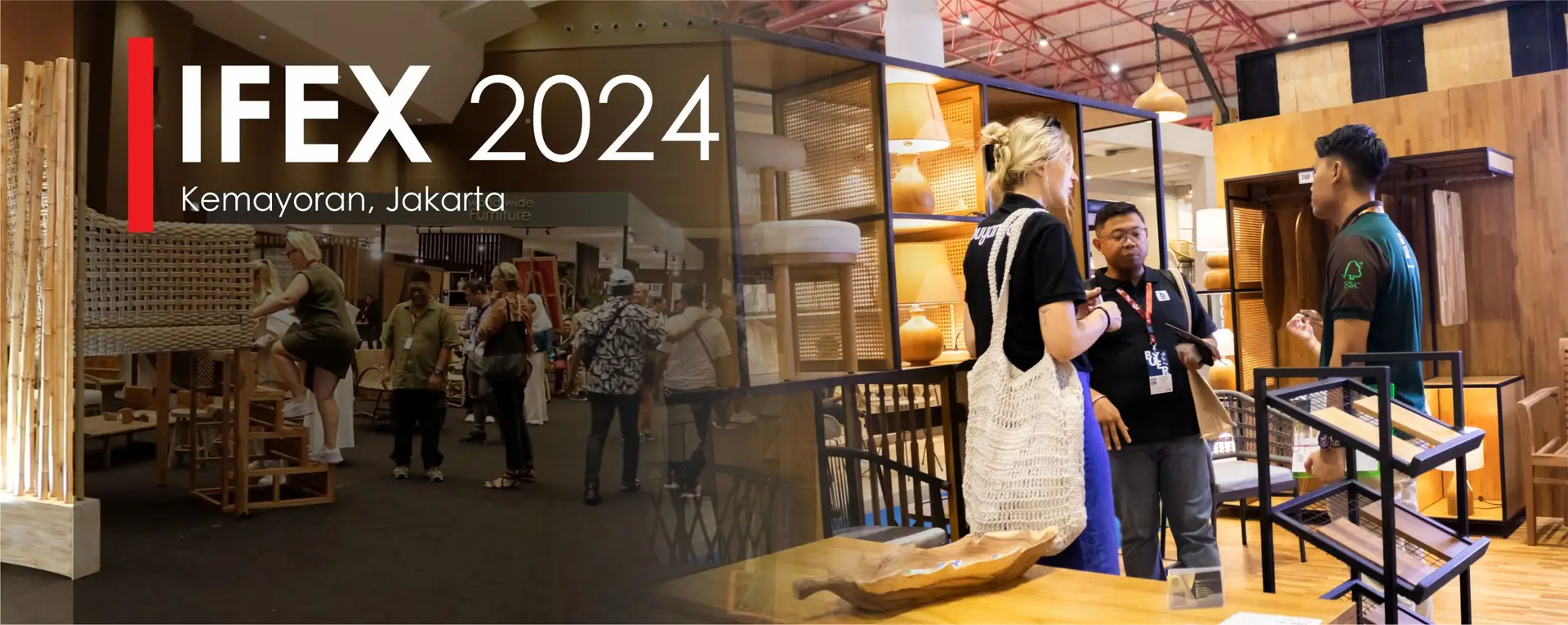Finger joint laminated board is a type of engineered wood product that is made by joining smaller pieces of wood together using a finger jointing process. This process involves cutting the ends of the pieces of wood at a 45-degree angle and then gluing them together, creating a strong, stable board. In this article, we will explore the properties of finger joint laminated board and why it is considered a suitable alternative to solid wood.
First, let’s take a look at the properties of finger joint laminated board. One of the main benefits of finger joint laminated board is its stability. The finger jointing process creates a strong, stable board that is resistant to warping and cracking. This makes it an ideal choice for applications where solid wood would be prone to movement, such as flooring, cabinetry, and furniture.
Another benefit of finger joint laminated board is its cost-effectiveness. Finger joint laminated board is made from smaller pieces of wood, which are more readily available and less expensive than large, clear pieces of wood. This makes it a cost-effective alternative to solid wood. Additionally, finger joint laminated board is available in a wide range of sizes and thicknesses, which allows for more flexibility in design and construction.
Finger joint laminated board is also an eco-friendly option. It allows for efficient use of resources and reduces waste, as it’s made from small pieces of wood that would otherwise be discarded. This also allows for the use of wood species that are not suitable for solid wood products, such as small pieces of hardwood.
In terms of aesthetics, finger joint laminated board can be finished to look like solid wood. It can be sanded and stained or painted, to match the desired look. It can also be used in combination with solid wood in order to create a unique and beautiful look.
In conclusion, finger joint laminated board is a type of engineered wood product that is made by joining smaller pieces of wood together using a finger jointing process. It has many benefits such as stability, cost-effectiveness, eco-friendly options and it can also be finished to look like solid wood. It’s a suitable alternative to solid wood in many applications, such as flooring, cabinetry, and furniture.




